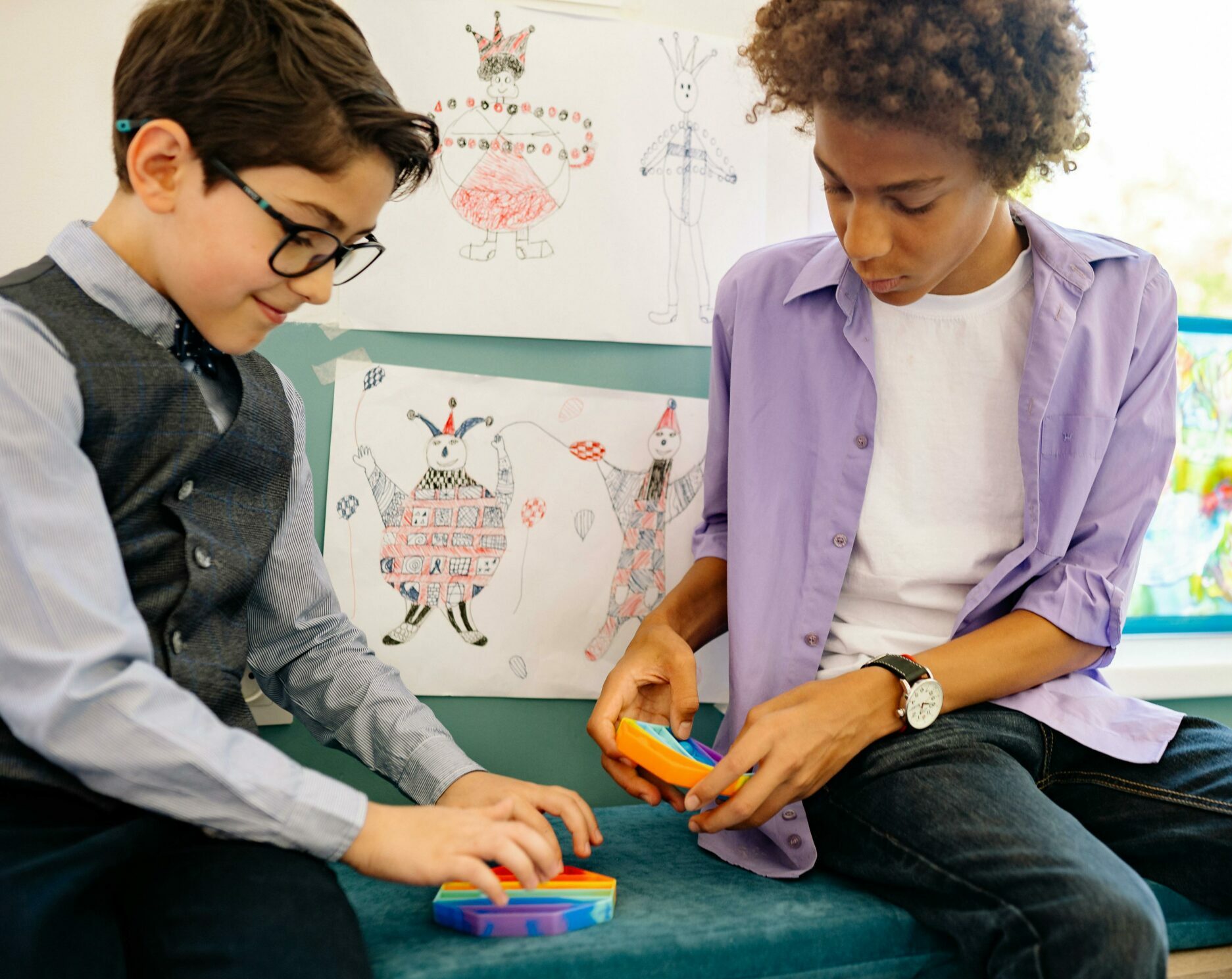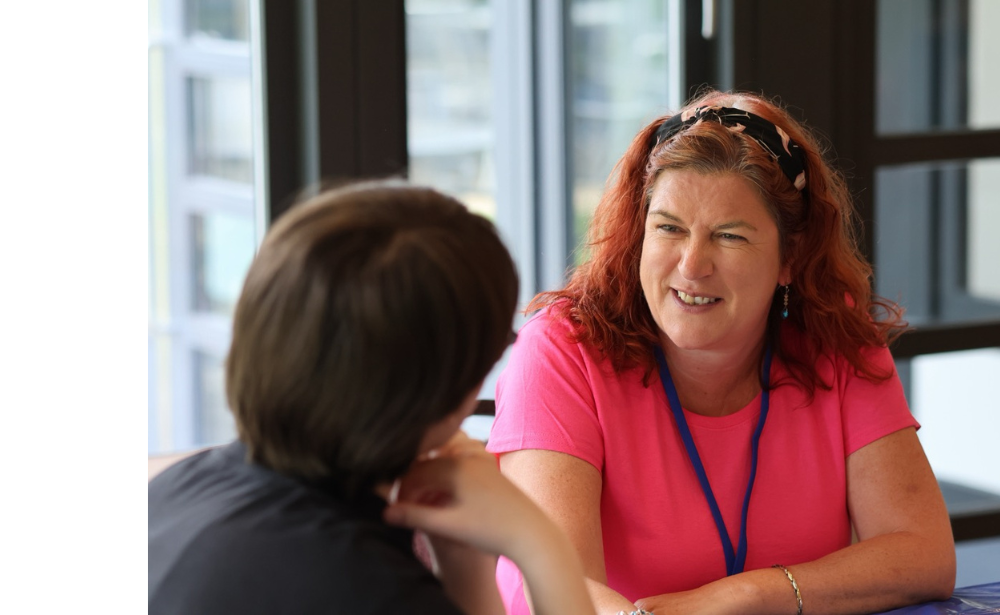Our 8 Senses
Far senses: Vision, Hearing
Near senses: Taste, Smell, Touch, Proprioception, Vestibular
Plus: Interoception
Definitions
Vestibular: Sense of balance, maintaining head and body posture, determine direction and speed of movement, sense of body movement through space, inner ear.
Proprioception: The sense that helps a child with body awareness. Senses of effort, determine body’s position in space, control limbs, sense of force or of heaviness.
Interoception: The sense of knowing what is going on inside your body.
We use the NEAR senses to feed the senses
Hypersensitive Lower tolerance of certain stimuli (e.g. more sensitive to bright lights or strong smells)
Hyposensitive Higher tolerance of certain stimuli (e.g. strong tastes or deep pressure)
Sensory Strategies
Proprioception Activities = Resistance Activities
Yoga, body sock, trampoline, therapy ball, weighted ball.
- Used to get into the JUST RIGHT state
- Used to organise brain and body
- Used to create body awareness
Vestibular Activities = Activities where the head moves out of the upright position
Running, jumping, swing, animal walks, scooter board, bounce on therapy ball.
- Used to alert children (moving head out of many positions)
- Used to calm children (head moving in one linear direction)
Tactile Activities = Activities involving touch
- Use increased tactile input to increase our ability to accept tactile input
- Used to gain regulation and reduce stress (deep pressure)
- Use to alert children (light touch)


Sensory Strategies for Home
- Use a picture schedule
- Avoid getting in a rush. Minimize screen time (tv, video games, computers). No screen time 1 hour
before bed. - Allow for a variety of movement activities in the schedule.
- Safe place to access at home.
- Activities that provide deep pressure to the muscles and joints are always helpful to the nervous system.
- Use less speech when child is becoming distressed or de-regulated.
- Try a Chalk Sensory-Motor Pathway (video by Andrea Menin)
Sensory Strategies for the Classroom
Calming
- Allow the use of stress balls or fidget toys.
- Avoid rushing the child.
- Allow frequent position changes.
- Provide “heavy work” chores when child appears to be escalating.
- Allow child to wear headphones if bothered or distracted by background noises.
- Refer frequently to the visual schedule so child can mentally prepare for what comes next and look
forward to sensory breaks. - Provide a “time in” safe area in school for them to access.
Improving focus
- Keep a metronome on in the classroom to give the brain something rhythmic to assist with
concentration. - Encourage child to keep a water bottle (the kind with a straw is optimum) at desk.
- Allow snacking during seat work.
- Allow sucking on mints while listening or working.
- Minimize visual distractions.
- Provide weighted lap pads.
Sign up for news and updates
Subscribe to our newsletter for regular updates.


